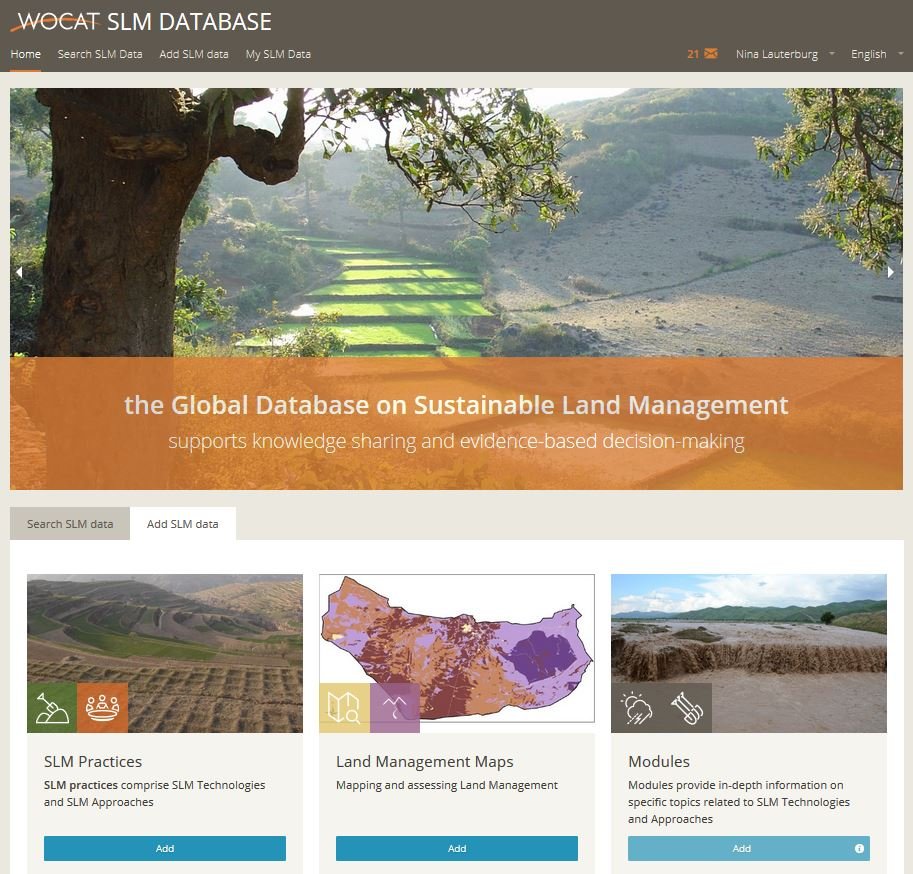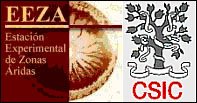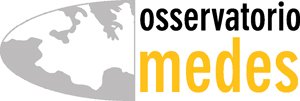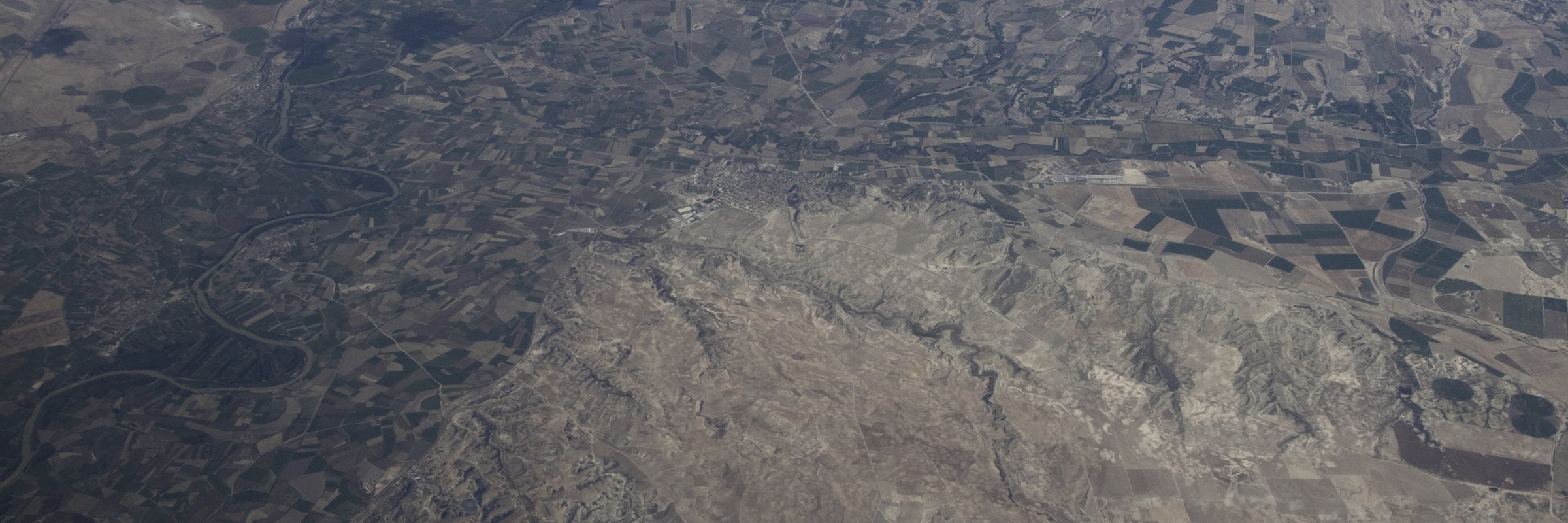DESIRE - Fighting desertification with new conservation strategies
DESIRE was a five-year EU project in the field of “Global Change and Ecosystems” (2007–2012) involving 28 partner institutions, working in 18 study sites that showed both similar and unique responses to desertification.
- Home
- DESIRE - Fighting desertification with new conservation strategies
About the project
Across the globe, all areas prone to desertification have some similar features. Without the buffer of abundant rain or deep soils, agriculture tends to be more vulnerable to water availability, and care must be taken that land use activities do not impoverish the land and reduce its productivity. However, to some extent all areas also have their unique responses. These depend on local soil type, topography, and climate; social, economic, and land use history; local people’s goals for the future of their area; and the current state of degradation.
DESIRE was a five-year EU project in the field of “Global Change and Ecosystems” (2007–2012). It involved 28 partner institutions from around the world – research institutes, universities, NGOs, and small and medium enterprises. CDE coordinated the DESIRE Work Block 3 on “Defining Potential Prevention and Mitigation Strategies”, drawing primarily on methods from WOCAT and Learning for Sustainability (LforS).
The DESIRE project worked in 18 study sites that showed both similar and unique responses to desertification. The objective in each site was to identify Sustainable Land Management strategies specific to their particular local context and goals. Thus, DESIRE was set within the context of the existing body of knowledge, but examined the particular local context of each study site.
DESIRE used the WOCAT method for mapping land degradation and Sustainable Land Management in each of the study sites. The method was originally developed in the GLASOD project, but was refined and developed with each successive set of applications (WOCAT, WOCAT/ LADA, DESIRE).
For each distinctive land use type, the method evaluated:
- what type of land degradation is happening, where and why, and
- what forms of land conservation practices are being used.
The method is designed to be used by an interdisciplinary team of specialists in subjects related to land degradation, land management, land use, and soil and water conservation. The team first develops a base map (usually based on land use), and then uses a questionnaire to gather the necessary data on land degradation and conservation for each land use system. The method is fully described here.
Project results and impacts
DESIRE culminated in the 2012 WOCAT book, “Desire for Greener Land. Options for Sustainable Land Management in Drylands”. The book describes the DESIRE Approach and WOCAT Methodology for a range of audiences, from local agricultural advisors to scientists and policymakers. Links are provided to manuals and online materials, enabling application of the various tools and methods in similar projects.
The book also includes an analysis of the current context of degradation and SLM in the study sites, in addition to analysis of the SLM technologies and approaches trialed in the DESIRE project. 30 SLM technologies, 8 SLM approaches, and several degradation and SLM maps from all the DESIRE study sites are compiled in a concise and well-illustrated format, following the style of the preceding publication, “Where the land is greener” (WOCAT 2007).
Finally, conclusions and policy points are presented for decision-makers, the private sector, civil society, donors, and the research community. These are intended to support people’s efforts to invest wisely in the sustainable management of land – enabling greener drylands to become a reality, not just a desire.
Publications

Further relevant publications
Marques, Maria Jose; Schwilch, Gudrun; Lauterburg, Nina Juanita; Crittenden, Stephen; Tesfai, Mehreteab; Stolte, Jannes; Zdruli, Pandi; Zucca, Claudio; Petursdottir, Thorunn; Evelpidou, Niki; Karkani, Anna; Yilmazgil, Yasemen Asli; Panagopoulos, Thomas; Yirdaw, Eshetu; Kanninen, Markku; Rubio, Jose Luis; Schmiedel, Ute; Doko, Adrian (2016). Multifaceted impacts of sustainable land management in drylands: A review. Sustainability, 8(2), p. 177. MDPI 10.3390/su8020177
Hessel, R.; Reed, M. S.; Geeson, N.; Ritsema, C. J.; van Lynden, G.; Karavitis, C. A.; Schwilch, Gudrun; Jetten, V.; Burger, P.; van der Werff ten Bosch, M. J.; Verzandvoort, S.; van den Elsen, E.; Witsenburg, K. (2014). From Framework to Action: The DESIRE Approach to Combat Desertification. Environmental management, 54(5), pp. 935-950. Springer 10.1007/s00267-014-0346-3
Schwilch, Gudrun; Hessel, Rudi; Verzandvoort, Simone; Liniger, Hanspeter; van Lynden, Godert; van Elsen, Erik; Ritsema, Coen (2012). Desire for greener land: A process for effective desertification mitigation based on sustainable land management. In: International Conference on Research for Development, 20.-22.8.2012, Bern, Switzerland. Bern: Centre for Development and Environment (CDE).
Schwilch, Gudrun; Bachmann, Felicitas; Liniger, Hanspeter (2008). Guidelines for WB3 Part III: Stakeholder workshop 2: Selection and decision on prevention and mitigation strategies to be implemented (DESIRE report series 17). Bern, Switzerland: Centre for Development and Environment (CDE).
Bachmann, Felicitas; Schwilch, Gudrun; Gabathuler, Ernst; Liniger, Hanspeter (2007). Guidelines for WB3 Part I: Desertification and land degradation: Identification of existing and potential prevention and mitigation strategies (DESIRE report series 6). Bern, Switzerland: Centre for Development and Environment (CDE).
Schwilch, Gudrun; Bachmann, Felicitas; Liniger, Hanspeter (2007). Guidelines for WB3 Part II: Assessment of conservation strategies (DESIRE report series). Bern, Switzerland: World Overview of Conservation Approaches and Technologies (WOCAT).
Schwilch G, Bachmann F, Liniger HP. (2009). Appraising andselecting conservation measures to mitigate desertification and landdegradation based on stakeholder participation and global best practices.Land Degradation & Development 20: 308–326. Doi 10.1002/Ldr.920.Schwilch G., Bestelmeyer B., Bunning S., Critchley W., Herrick J., Kellner K., Liniger H.P., Nachtergaele F., Ritsema C.J., Schuster B., Tabo R., van Lynden G., Winslow M. (2011). Experiences in Monitoring andAssessment of Sustainable Land Management. Land Degradation & Development 22 (2), 214-225. Doi 10.1002/ldr.1040.
Schwilch G., Bachmann F., de Graaff J. (2012). Decisionsupport for selecting SLM technologies with stakeholders. Applied Geography 34: 86-98. Doi 10.1016/j.apgeog.2011.11.002.
Schwilch G, Bachmann F, Valente S, Coelho C, Moreira J, Laouina A, Chaker M, Aderghal M, Santos P, Reed MS. (2012c). A structuredmulti-stakeholder learning process for sustainable land management. Journal of Environmental Management 107: 52-63 (2012). Doi: 10.1016/j.jenvman.2012.04.023
Schwilch G, Liniger HP, Hurni H. (2014). Sustainable Land Management (SLM) practices indrylands: how do they address desertification threats? Environmental Management 54(5):984-1004. Doi: 10.1007/s00267-013-0071-3
Schwilch G, Laouina A, Chaker M, Machouri N, Sfa M, Stroosnijder L. (2013). Challenging conservation agriculture on marginal slopesin Sehoul, Morocco. Renewable Agriculture and Food Systems: 30(3); 233–251. Doi:10.1017/S1742170513000446.
Valente S, Coelho C,.Ribeiro C, Liniger HP, Schwilch G, Figueiredo E, Bachmann F. (2015). How much management is enough? Stakeholderviews on forest management in fire-prone areas in central Portugal. Forest Policy and Economics 53:1-11. Doi:10.1016/j.forpol.2015.01.003
Other relevant links
CDE website: http://www.cde.unibe.ch/research/projects/desertification_mitigation_of_land_desire/index_eng.html
Countries
Contact
 Switzerland
Switzerland
SLM practices documented within this project.
Project duration
2007 - 2012
Official website

Alterra Wageningen University & Research Centre

Catholic University of Leuven, Physical and Regional Geography Research Group

Environmental Science of the University of Leeds

The Department of Geography of the University of Wales Swansea

Centre for Development and Environment (CDE) of the University of Berne

Estación Experimental de Zonas Áridas (EEZA-CSIC) CSIC (Consejo Superior de Investigaciones Científicas).

The Department of Environment and Planning (DAO) o the University of Aveiro

Research Institute for Hydrogeological Protection – Italian National Research Council (IRPI)

Agricultural University of Athens (AUA), Department of Natural Resources Development and Agricultural Engineering (NRDAE)

Eskişehir Osmangazi University (ESOGU)

UNESCO-GN Chair, Faculty of Human Sciences, University Mohammed V-Agdal

Institut des Régions Arides (IRA)

Institute of Soil and Water Conservation, Chinese Academy of Sciences, Ministry of Water Resources (ISWC)

Research of the Erosion and Soil & Water Conservation Group of
Wageningen University (ESW-WU)

Democritus University of Thrace (DUTH)

Both ENDS, Environment and Development Service

ISRIC – World Soil Information

Escola Superior Agrária de Coimbra (ESAC)

Centre d’actions et de réalisations internationales (CARI)

University of Botswana (UB)

International Institute for Geo-information Science and Earth Observation (ITC)

Institut de Recherche pour le Développement (IRD)

Deakin University

Cornell University

Observatory for economic problems associated with desertification in Mediterranean areas (MEDES)

Moscow State University of Environmental Engineering (MSUEE)

Instituto de Investigaciones Agropecuarias (INIA)

Instituto Nacional de Investigaçao e Desenvolvimento Agrário (INIDA)






